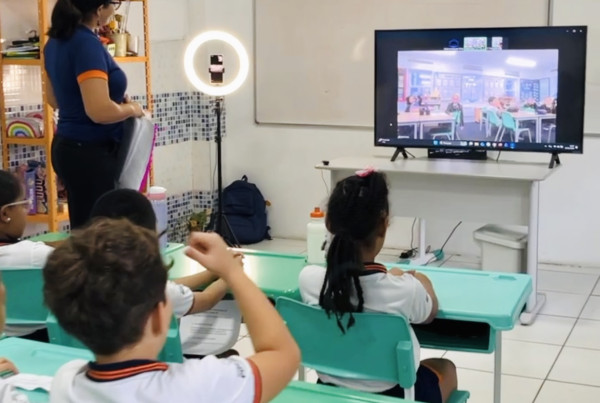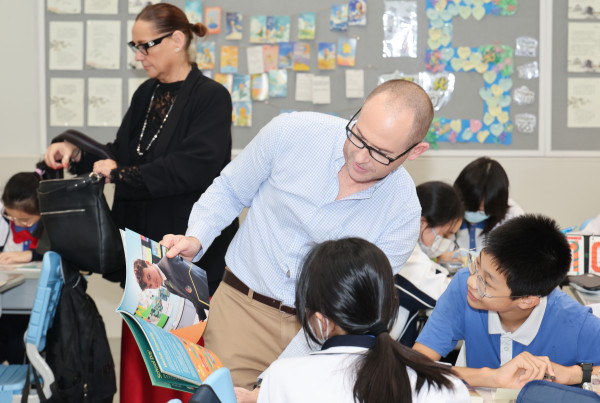School trips are a wonderful opportunity for children to make memories, boost their confidence and learn new things.
Not only will they get to discover new sights and sounds in an unfamiliar environment, but they can also develop a flair for investigation and the ability to make decisions, lead a group or sometimes just have that bit of independence they don’t get in the classroom.
Unfortunately, where there is fun and adventure, there are also usually risks to think about. Teachers and leaders will be required to put together a risk assessment document, which enables them to keep students safe and abide by relevant health and safety laws.
This guide is to help teachers, youth leaders and parents understand what a risk assessment form is, what it might look like and how to do a risk assessment for a school trip themselves.
Anyone involved in the planning of a school trip must be 100% sure that they have done all they can to create a safe environment for the students. This means that anyone appointed with the task of doing a risk assessment must be competent and experienced, or overseen by a leader who is.
What is a risk assessment?
A risk assessment is a careful examination of what has the potential to cause harm to children whilst on the trip, so you can identify what can be done to prevent it.
A thorough school trip risk assessment will not only help you comply with health and safety law; it also helps to keep students safe and healthy and puts parents’ minds at ease when they know that risks are adequately controlled.
This means considering things like how many children will be present, transport arrangements, the place (or places) children will be visiting and the activities they will be doing.
Of course not all the risks can be eliminated completely. But a risk assessment simply helps you to ensure children aren’t unnecessarily exposed to things that could be dangerous, and provides proof that you’ve done all you can to keep them safe.
Who does what?
- The practice of Health and Safety in schools is overseen by HSE (Health and Safety Executive). HSE should ensure that schools are informed any changes within health and safety guidelines or rules.
- Schools are still responsible for the safe practice of these regulations, ensuring they take good care of their own and others’ safety.
- Every school trip must have a group leader, who will have been approved by the headteacher and must gain approval before conducting any off-site visits. They will have the overall responsibility for supervision of the visit whilst also paying great attention to health and safety guidelines.
- The group leader will usually appoint a deputy and some group supervisors to carry out various tasks and will ensure any necessary risk assessments have been conducted prior to the visit.
- The group leader must ensure that they have the correct ratio of adults to children before carrying out an out of school visit.
- Pupils will be told to act responsibly whilst out and about, avoiding any unnecessary risks and following the instructions of the supervisory adults at all times.
- If a child is seen to cause any potential risk to themselves or others they must be withdrawn from the trip. Their learning outcome should then be fulfilled in a different way where they can learn in a safe and supervised environment.
How to do a risk assessment for your school trip
Below is a step-by-step guide of how to put together a risk assessment. For Covid19 guidance, schools should find the most up-to-date information from the local authorities. The DfE’s latest guidance on health and safety on educational visits explains that you only need to carry out a specific risk assessment for trips that pose a higher level of risk.
1. Identify the significant hazards
Start by outlining the possible hazards for each stage of trip. A good idea is to use the trip itinerary (if agreed) and work through it, thinking about what hazards and risks are likely to present themselves during various activities.
Some good areas to think about include accommodation, flights, boat rides, using public transport, venue visits, eating at restaurants and any adventurous activities that may be involved, such as hiking or rock climbing, etc. Think also about medical emergencies, food safety, children getting lost and unsafe equipment.
Keep in mind that the nature of the school trip will influence the hazards you may encounter. Not all school trips will carry the same risks and some will be more high risk than others.
Though you don’t need to consider hazards over which you have no control, sometimes it can be a good idea to include them anyway to keep parents fully informed of the potential risks. Some schools like to include risks such as natural disasters and terrorism, particularly when it comes to trips abroad.

2. Determine a ranking system
Choose a numbering system that you will use to indicate the potential level of risk for each hazard. This will include looking at the likelihood of each hazard (how likely it is to occur during the trip) and the severity (what would be the effects if it did occur?).
You may wish to come up with a numbered ranking system each for likelihood and severity, and then give an overall risk factor at the end. For example:
Likelihood of risk: 2 (2 being ‘remote’)
Severity of risk: 4 (4 being ‘catastrophic’)
Overall risk: 4 (4 being High Risk)
Go through each of the event hazards on your list, measuring their likelihood and overall risk.
3. Specify who may be affected
Next, specify who will be affected by each hazard. This could be the whole group of children and adults; only the children or only specific children.
Pay particular attention to children with physical and/or learning disabilities, or those with food allergies or medical conditions, who may be more at risk from harm.
4. Outline control measures
Once you have evaluated the likelihood of the hazards, decide on suitable precautions for each. By rating each hazard by how likely it is to occur, this will help you to determine how you will act to minimise the risks.
5. Record your findings
It’s important that you keep a copy of your completed risk assessment form. This acts as evidence of your diligence should anything go wrong, and ensures that you are compliant with health and safety laws.
6. Review the assessment before the trip
Before the trip, review your risk assessment document and update it if anything has changed. This might involve a change to the itinerary, a different mode of transport, a child having developed a medical requirement or the addition of more children.
Check that all potential hazards have been covered and update the assessment if anything has been missed.
Need help with your school trip?
The Global School Alliance can support schools with all aspects of international exchanges and partnerships, with reimbursable funding to complete a whole school global transformation. Get in touch today to find out more and secure your place on the next cohort.




